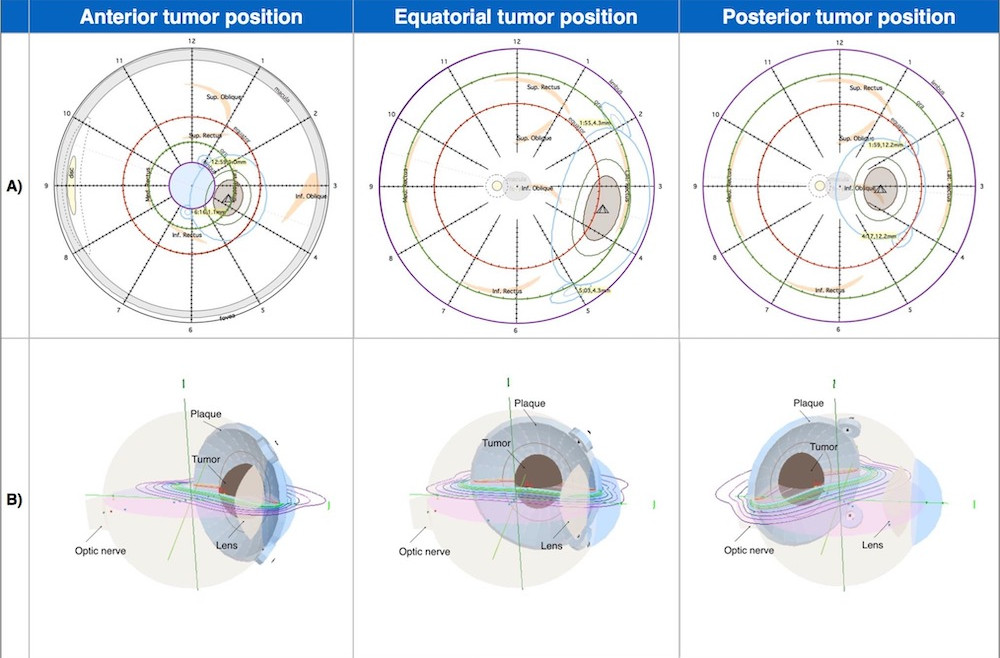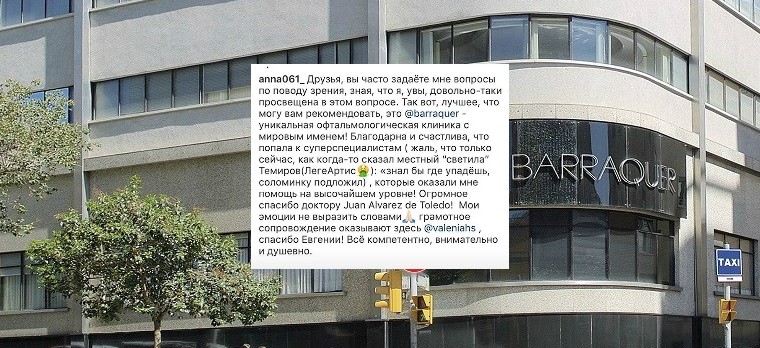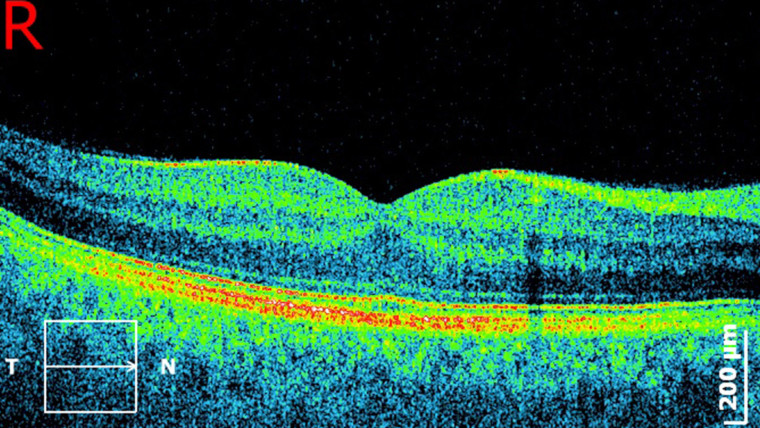WHAT DOES THE TREATMENT INVOLVE?
The word brachytherapy comes from the Greek (“brachys”) which means “near”, and it is a type of local radiotherapy which allows the tumour to be treated with radiation from a source that is in contact with or even inside the affected organ. The most commonly used radioactive isotope is Iodine-125. In ophthalmology, the radioactive source is placed above the sclera (episcleral), which is the white part of the eye.
WHAT ARE ITS INDICATIONS?
The first indication of episcleral brachytherapy is uveal melanoma, although it can also be used to treat intraocular tumours (retinoblastoma, metastasis and vascular tumours of the retina and choroid).
- Choroidal hemangioma
- Uveal melanoma
- Vascular tumours of the retina
HOW IS IT PERFORMED?
It is a surgical procedure that involves attaching a gold plaque charged with radioactive isotopes to the eyeball in the location of the tumour. The size of the plaque and dose is determined on an individual basis, depending on the type of tumour and its size.
A well-coordinated team including an expert ophthalmologist and radiation oncologist who decides how long the plaque should be in situ is essential. After this period (usually 3 to 5 days) the plate is removed.
RESULTS
In a high percentage of cases, healing of the tumour is acheived, but not immediately. The patient should have clinical checks and regular ultrasound scans to check that the tumour has not returned. The final resolution of the tumour usually occurs after a few months.
POSSIBLE RISKS
The radiation emitted by the episcleral brachytherapy does not affect other organs or people in the vicinity, since it is very localised radiotherapy. In general, it’s a treatment with very few undesired effects.
When the tumour is located on the inner part of the eye there is a risk of developing a radiogenic cataract and in cases where a lesion close to the central retina or optic nerve is being treated with radiation, radiation retinopathy or radiation neuropathy may appear along with reduced vision.



